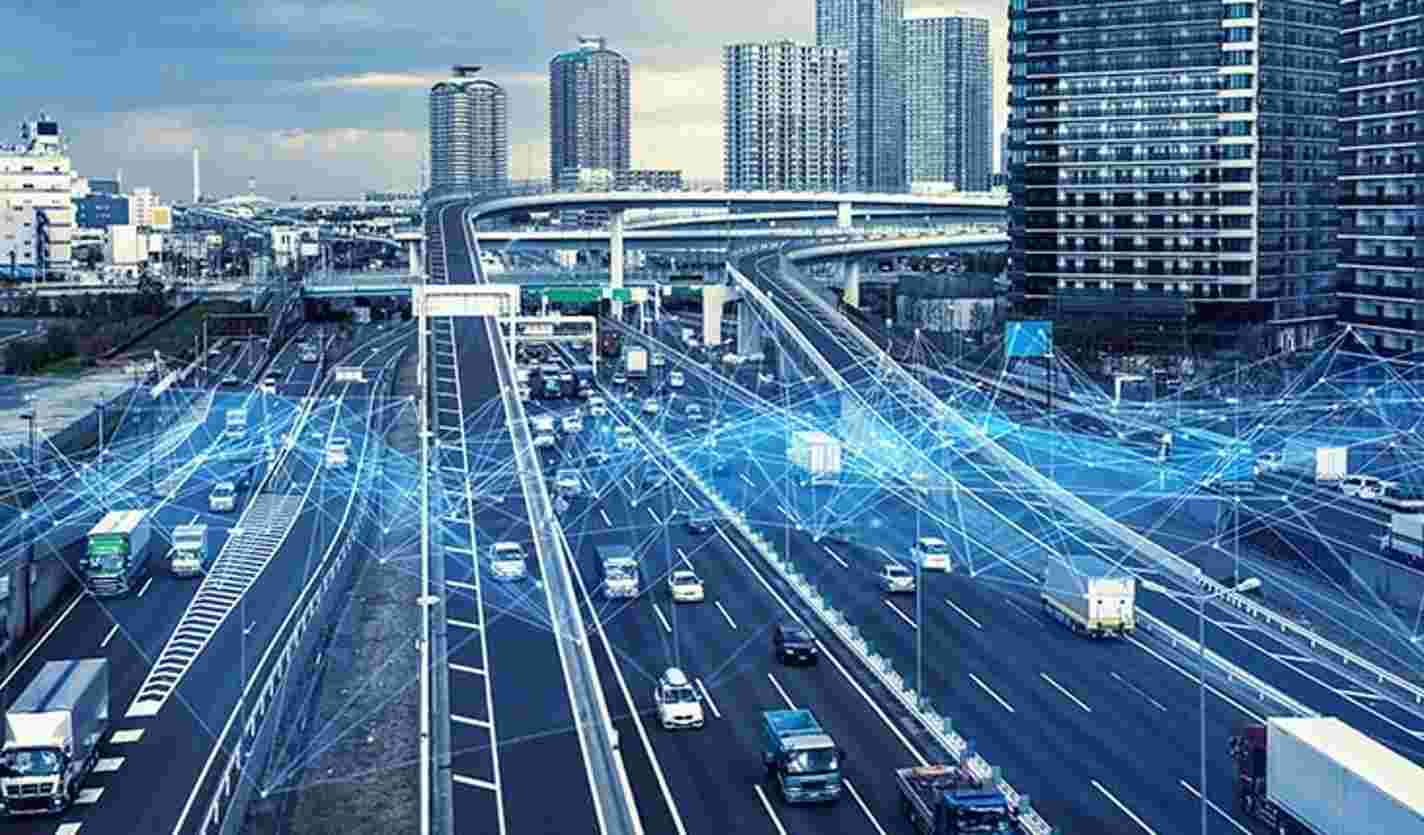Transport for NSW has unveiled its first enterprise-wide technology strategy, marking a significant milestone in the agency’s evolution.
Led by Sherrie Killiby, the executive director of strategy and engagement, the groundbreaking initiative represents a departure from past practices by integrating customer, operational, and IT technology into a unified framework.
The strategy, designed to guide Transport for NSW’s technological endeavors over the next decade, emphasises a forward-thinking approach divided into three distinct time horizons.
At its core is a shift towards outcomes-based planning, aiming to align technological initiatives with measurable results. By consolidating various technologies, the agency seeks to foster collaboration and enhance interoperability across departments.
While the previous ‘Future Transport Technology Roadmap’ served its purpose during a period of rapid digital transformation between 2021 and 2024, the new strategy extends its vision to 2033 and beyond. The forward-looking perspective enables the agency to anticipate and adapt to future challenges while remaining agile in response to evolving directives.
The Strategic Shift Towards Infrastructure Resilience
Central to the strategy is the concept of digital-by-default, which prioritises technology and data solutions in project planning. Killiby emphasises that this approach goes beyond mere adoption, representing a strategic shift towards infrastructure resilience and operational efficiency.
By integrating digital solutions early on, Transport for NSW aims to maximize the effectiveness and longevity of its infrastructure projects.
According to Killiby the digital-by-default has been “a really big shift” for Transport for NSW but had run completely behind-the-scenes until now.
The strategy also focuses on cultivating reliable core systems and leveraging state digital assets for common government services. Efforts are underway to identify digital assets for reuse, driving interoperability, scalability, and cost-effectiveness.
Additionally, the agency outlines plans for AI adoption, with initiatives like Asset AI showcasing the transformative potential of AI in road maintenance and safety.
Advancements in Transport Sector: What Customers & Industry Partners Can Expect by 2025 and Beyond
- 2025: Streamlining Travel
By 2025, the transportation sector is poised to offer an array of user-friendly applications, online services, and live displays, furnishing passengers and road users with reliable real-time service information. This empowerment enables individuals to make informed decisions, prioritizing safety and efficiency.
Online booking systems will simplify the process for passengers, allowing them to seamlessly arrange services at each leg of their journey. Additionally, the introduction of varied payment options, especially contactless technology, will enhance the convenience for regional passengers.
Moreover, train guards and station staff will be equipped with swift digital notifications of disruptions, bolstering their ability to support passengers during challenging situations.
- 2028: Personalised Journeys and Enhanced Connectivity
Looking ahead to 2028, passengers can anticipate the ability to plan, book, and pay for personalised multimodal journeys with unprecedented ease. This includes public transport options seamlessly integrated with connecting services such as On-Demand buses, taxis, and rideshares.
The emphasis on passenger preferences will be paramount, with travelers empowered to select routes based on factors like environmental impact. Concession holders will benefit from contactless ticketing options across services, ensuring a hassle-free experience.
Furthermore, passengers will enjoy the convenience of integrated accounts and secure digital identities, simplifying various travel-related tasks. Boating enthusiasts will also see advancements in safety measures through specialised apps and safety beacons.
- 2033 and Beyond: Towards Enhanced Personalisation and Accessibility
Looking even further into the future, by 2033, the transport sector will continue to prioritize personalised experiences for passengers. Communication tailored to individual travel preferences will be commonplace, enhancing the overall journey experience.
Innovative ticketing systems, whether ID-based or cloud-based, will extend to a wider array of services, incentivising and rewarding passengers along the way.
Accessibility will also be further augmented through hands-free, frictionless, and voice-activated technologies, catering to individuals with disabilities.
Aligning Technology Initiatives
Transport for NSW’s technology strategy prioritises delivering tangible benefits to passengers, customers, and users of the transport network.
By aligning technology initiatives with overarching transport objectives, the agency aims to create an equitable, sustainable, and efficient transport ecosystem.
Notably, Killiby pointed out technology’s pivotal role as an enabler in realising this vision, propelling the agency towards a more connected and resilient transport infrastructure.







